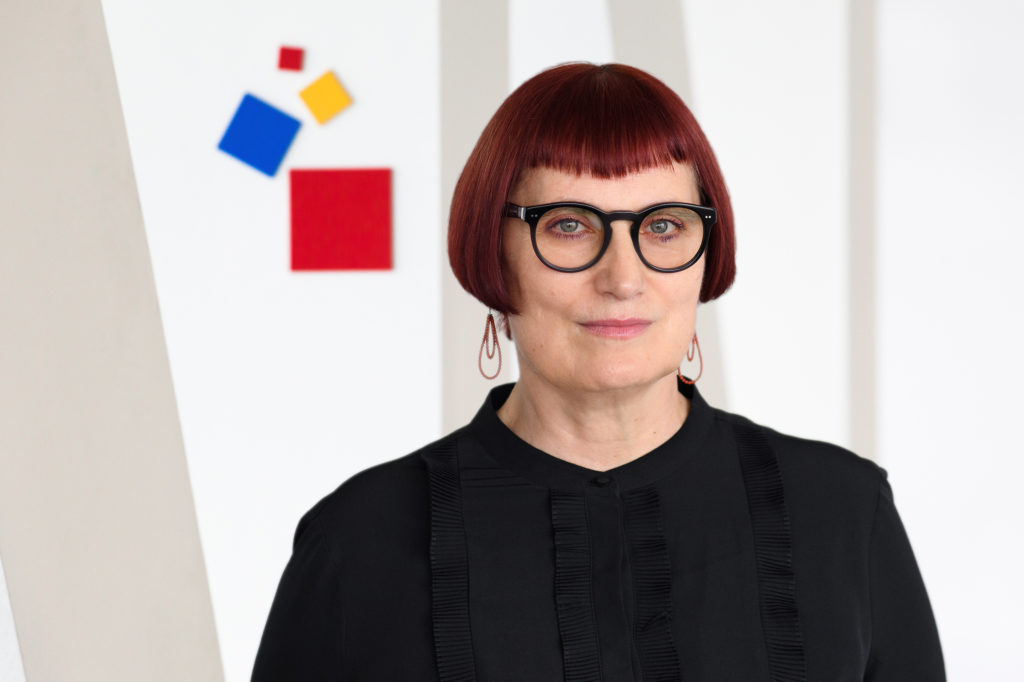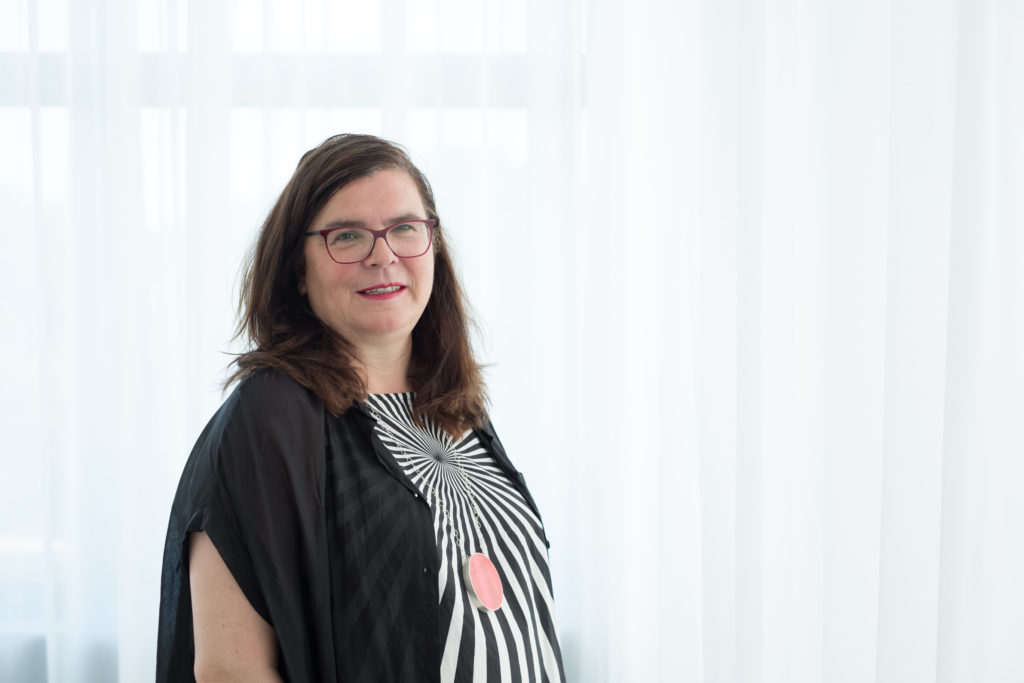
Nicolette Naumann
In her function as Vice President, Nicolette Naumann has been concentrating entirely on Ambiente, the world’s leading trade fair for the consumer goods sector, since June 2016. Previously, from April 2002 to June 2016, she was Vice President for Ambiente and Tendence.
Naumann is also responsible for the international strategy of the Ambiente brand. This includes the events Interior Lifestyle Tokyo and IFFT/Interior Lifestyle Living in Japan, Interior Lifestyle China, Interior Lifestyle Middle East and Interior Lifestyle India presented by Ambiente India.
The connoisseur of art and design is a jury member for various prizes, including the German Design Award, the Hong Kong Smart Design Award and the Home Style Award China.
In 2001, Naumann launched the “Talents” promotional programme. This supports young designers on their way to a successful career, opens up sales channels and brings them together with trade visitors and exhibitors from all over the world at Ambiente.
Quoted
What was special about the projects that were submitted? What strikes me positively was how many of the submissions reflected social, political and structural questions. It was not always possible to implement this in the design – more interdisciplinary networking would have been needed here.
What value does the German Design Graduates Project have for you? I hope that it will develop into a resilient interface between graduates and industry.
Where and how can design be important in the upcoming years? Less is more – we need less but better/smarter/sustainable products. The expectations are enormous.

Dr. Claudia Banz
Dr. Claudia Banz is an art and design scientist and since 2017 curator for design at the Kunstgewerbemuseum Berlin. Previously she was head of the Department of Art and Design at the Museum für Kunst und Gewerbe Hamburg. As a curator, she has realised numerous exhibitions, education formats and fairs at the interface of design, fashion, crafts and art, most recently Fast Fashion. The dark side of fashion, Food Revolution 5.0. Designing for tomorrow’s society and Connecting Afro Futures. Fashion x Hair x Design.
In the MKG Hamburg she was also responsible for the new presentation of the design collection. As leading curator of the Annual Fair for Arts and Crafts, she initiated an international exhibition platform for design universities and an award for young designers.
For the Kunstgewerbemuseum Berlin she established the series Design Lab and Design Talks in order to open up the house as a platform and experimental space for multidisciplinary design approaches and a critical discourse on socially relevant design issues. She also researches and publishes on questions of social design (Social Design. Gestalten für die Transformation der Gesellschaft, transcript 2016) and decolonial collections.
Quoted
What was special about the projects that were submitted? I liked the range of concepts very much. I was particularly interested in the various approaches to reconnecting the digital with the analog.
What value does the German Design Graduates Project have for you? I consider the project to be a very important initiative. Design colleges are always also think tanks for the future, and these discourses should be presented to a wider public. I think it’s good that the selected projects are presented in the museum, because this offers a different framework than for example a trade fair.
Where and how can design be important in the upcoming years?Design always also means shaping society. In the future, I hope to see much more “positive” impact here. Perhaps this also means that you have to rethink your design training.

Nils Holger Moormann
Nils Holger Moormann positions himself somewhere between conventions and makes himself comfortable amidst his furniture which are all a bit like himself – ascetic, thoughtful, with a small, almost imperceptible wink. As an autodidact and free spirit, Nils Holger Moormann has, developed furniture with a reduced form language and precise solutions to detail with a number of mostly young, unknown designers, since 1982.
The guilding principles: simplicity, intelligence and innovation colour the company’s entire philosophy. From the original company headquarters in Aschau to the purist design of FNP – a classic in its own right – and the unusual guesthouse ‘berge’, with Nils Holger Moormann any new ideas will certainly not be put off until tomorrow.
Quoted
What was special about the projects that were submitted? In addition to classic product design, designers are increasingly devoting themselves to research and concept.
What value does the German Design Graduates Project have for you? It provides a concentrated, independent overview of the most relevant thesis projects in the design field.
Where and how can design be important in the upcoming years? The designer is able to network lateral thinking and classical methodology in such a way that new approaches to solutions can be found.

Stephan Ott
Stephan Ott has been Editor-in-Chief of form Magazine since 2012. He was previously Head of Communications at the German Design Council.
Established in 1957 by Jupp Ernst, Willem Sandberg, Curt Schweicher and Wilhelm Wagenfeld as “International Review”, form has established itself as one of the world’s leading magazines in the fields of product, industry and communication design for more than 60 years.
With news, focus topics and analyzes, the form sets topics, provides orientation and initiates the design discourse.
The magazine sees itself as a forum for subject-specific content across all media and formats. Apart from print and online publications, fairs, seminars, lectures, workshops and lectures are also part of the portfolio.
Quoted
What was special about the projects that were submitted? Overall, I was impressed by the quality of the work. I was delighted by the fact that students seem more and more to prefer working conceptually and not exclusively on objects and products. In the future I would like to see a broader participation of all design departments and faculties.
What value does the German Design Graduates Project have for you? I consider the German Design Graduate Project to be an important initiative. On the one hand, to give more weight to the graduates themselves, and on the other hand, to help the achievements of graduates to reach a broader public.
Where and how can design be important in the upcoming years? I am convinced that design science and design research will play an important role in the future. Scientific discourse will also contribute to the practical autonomy of design as a discipline.
